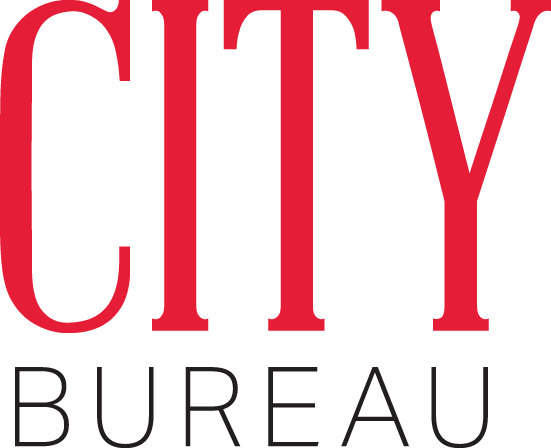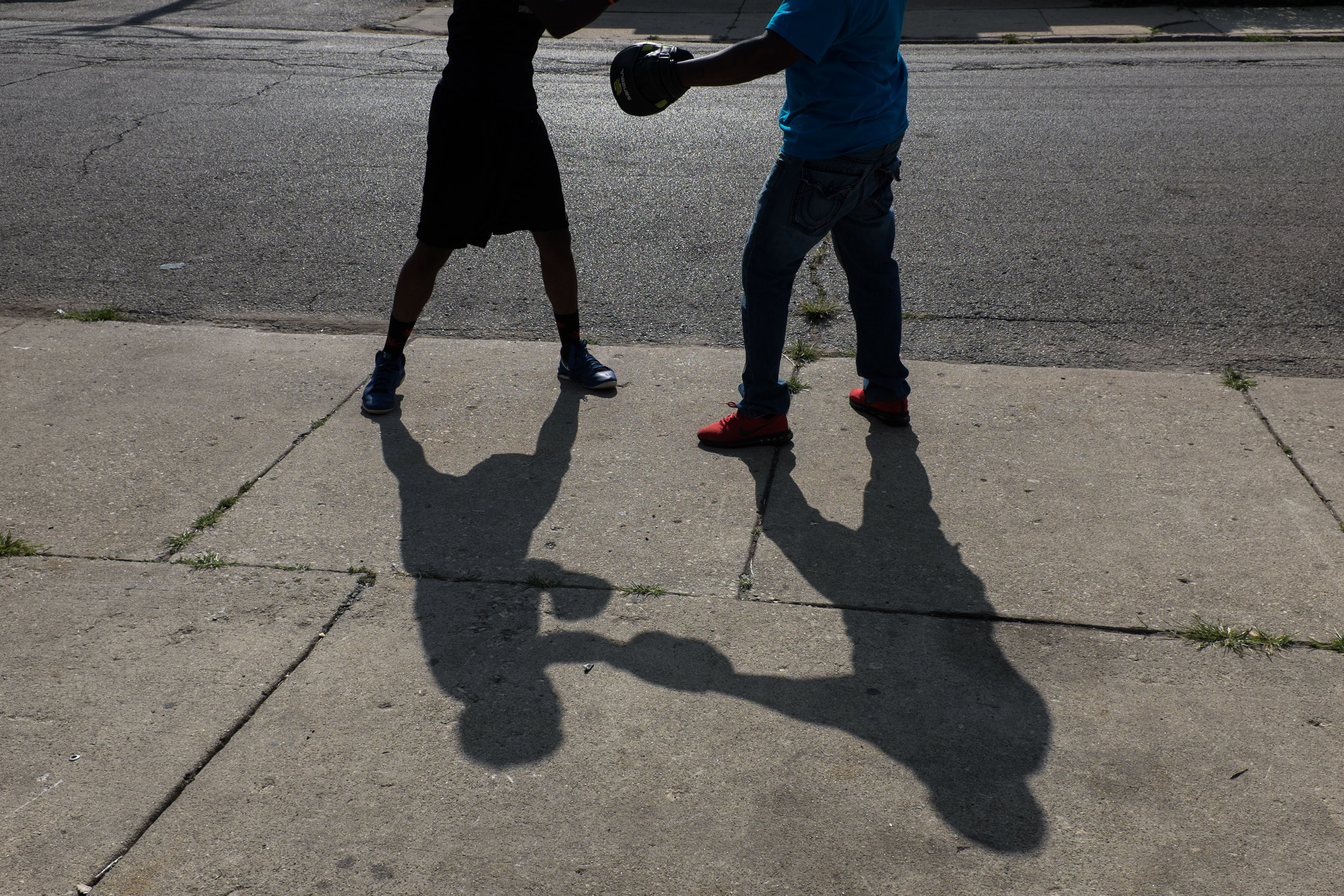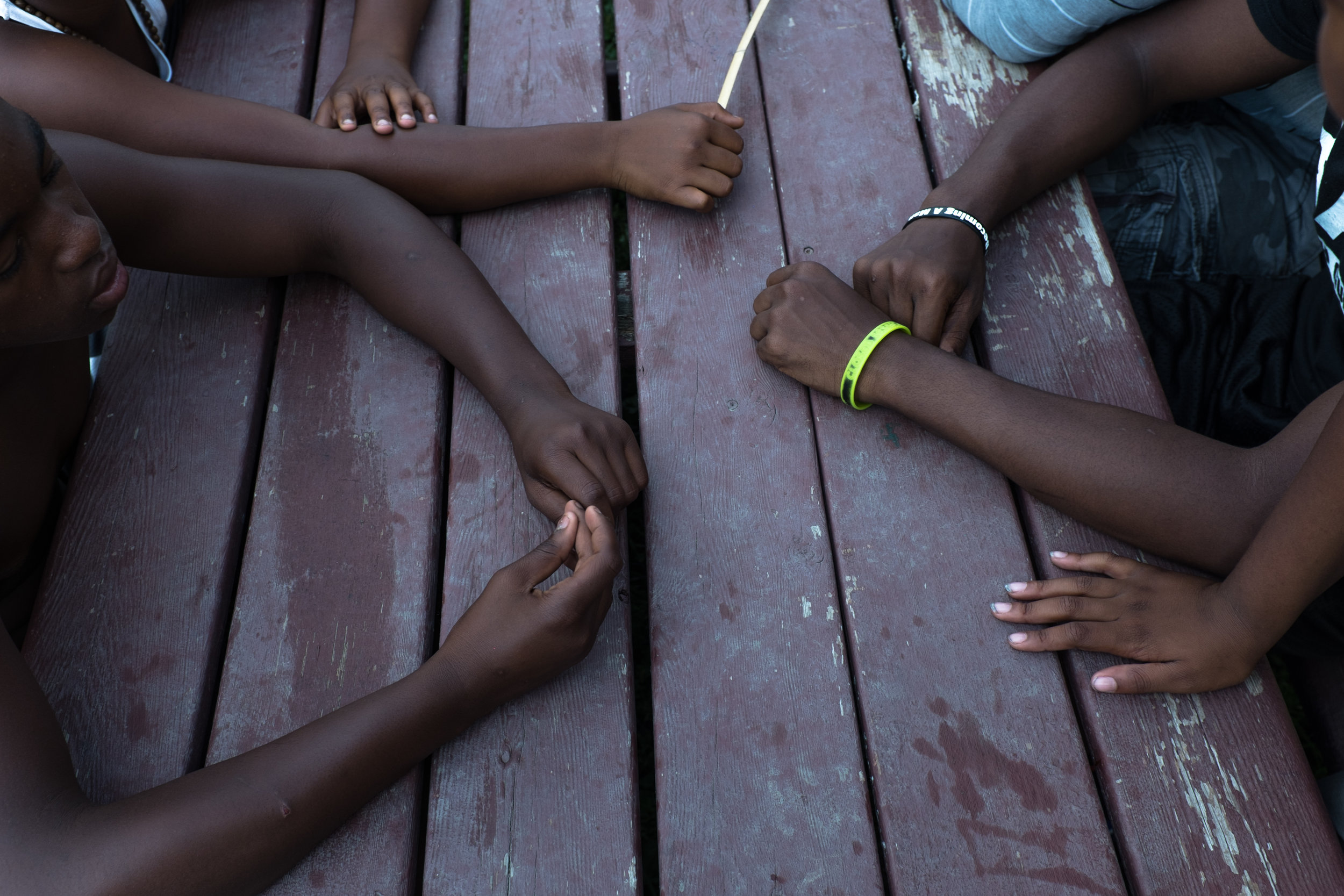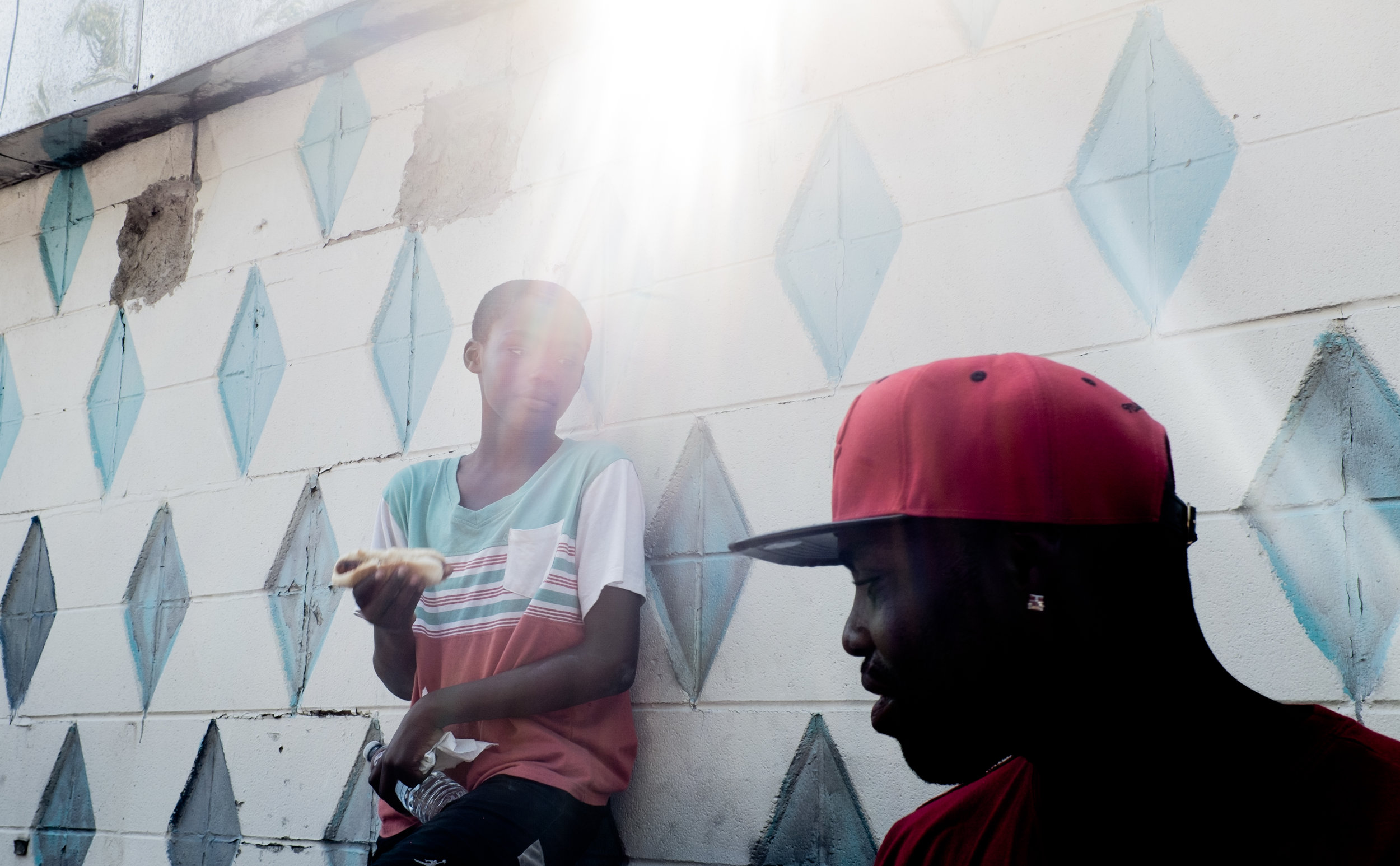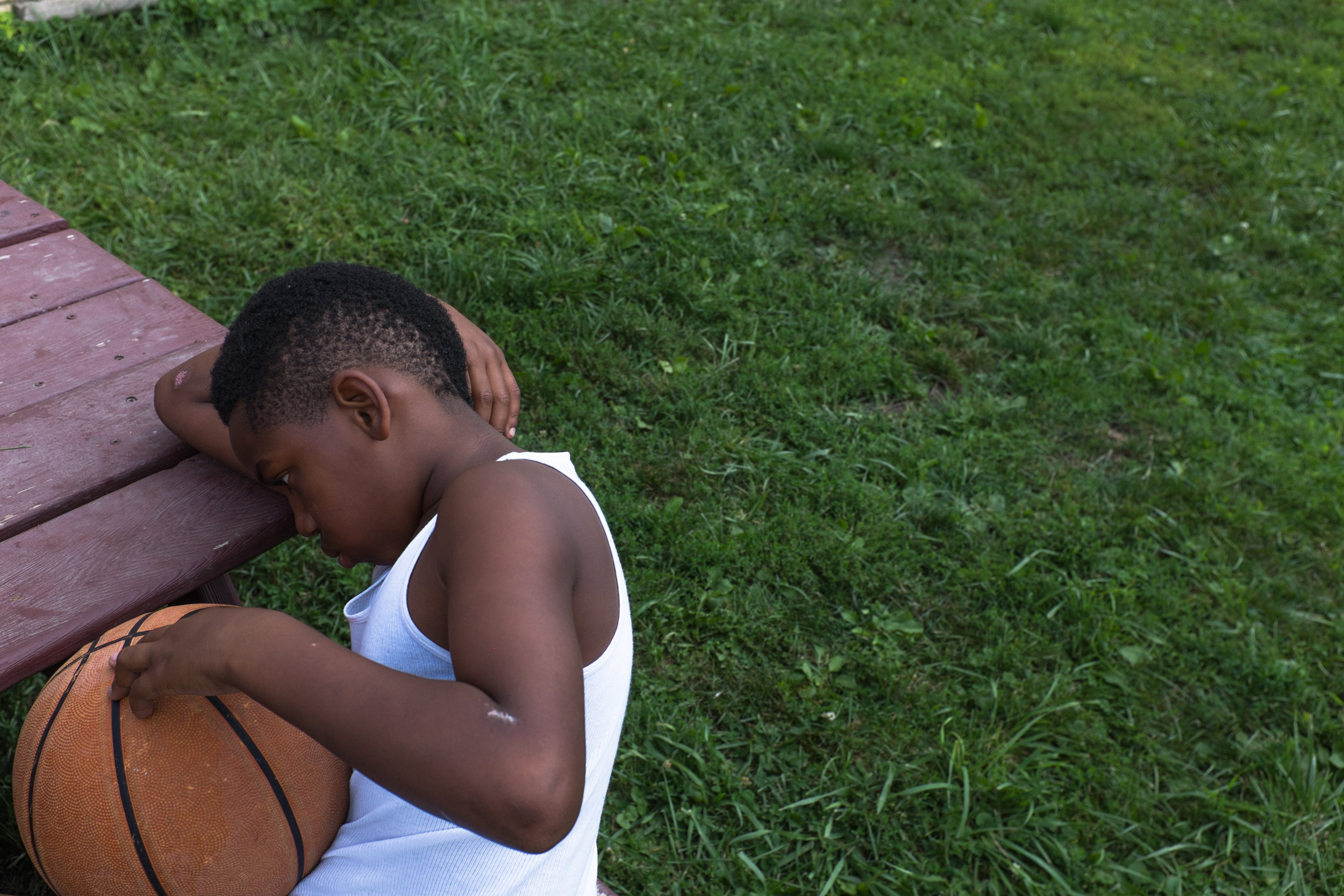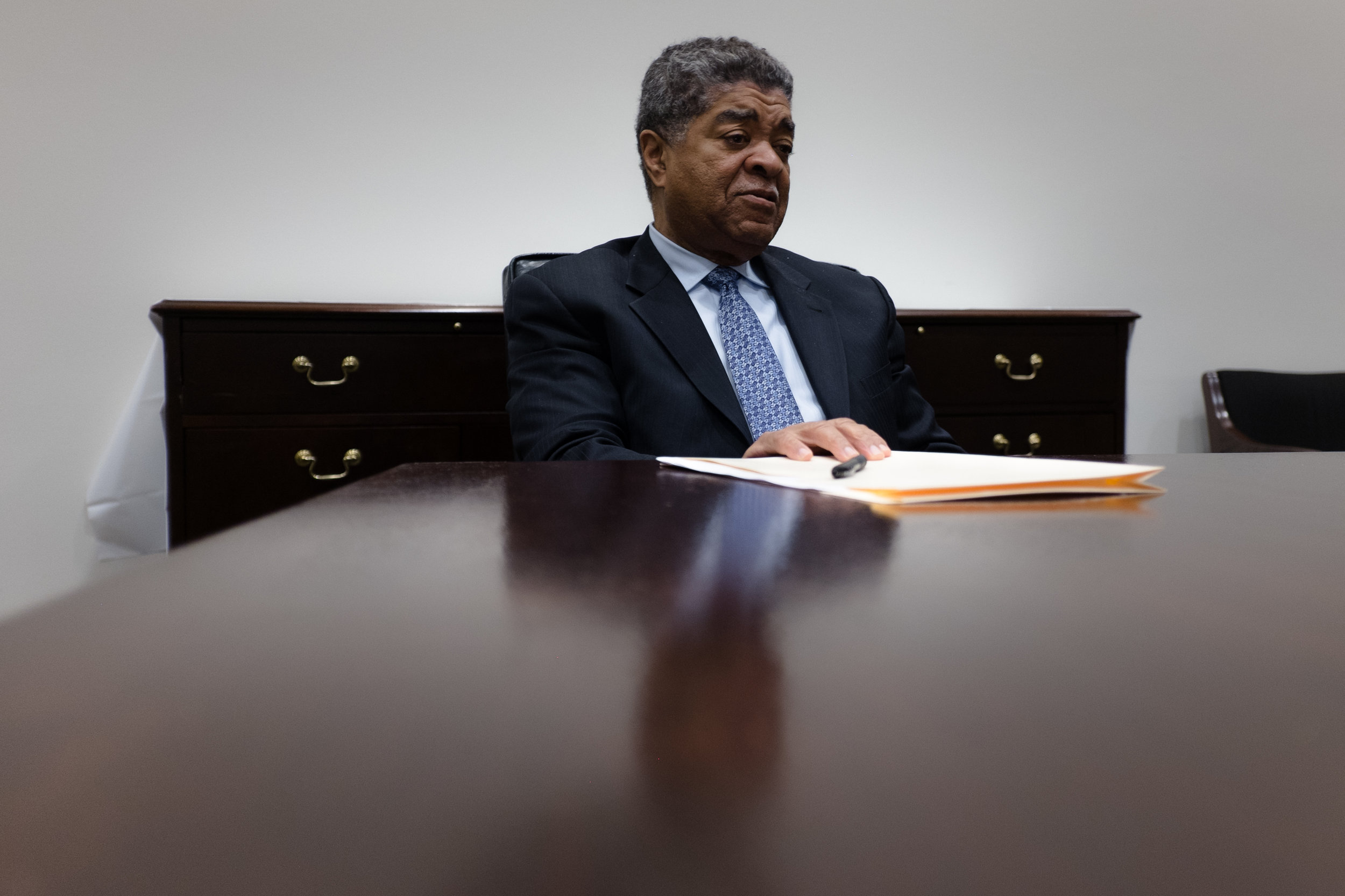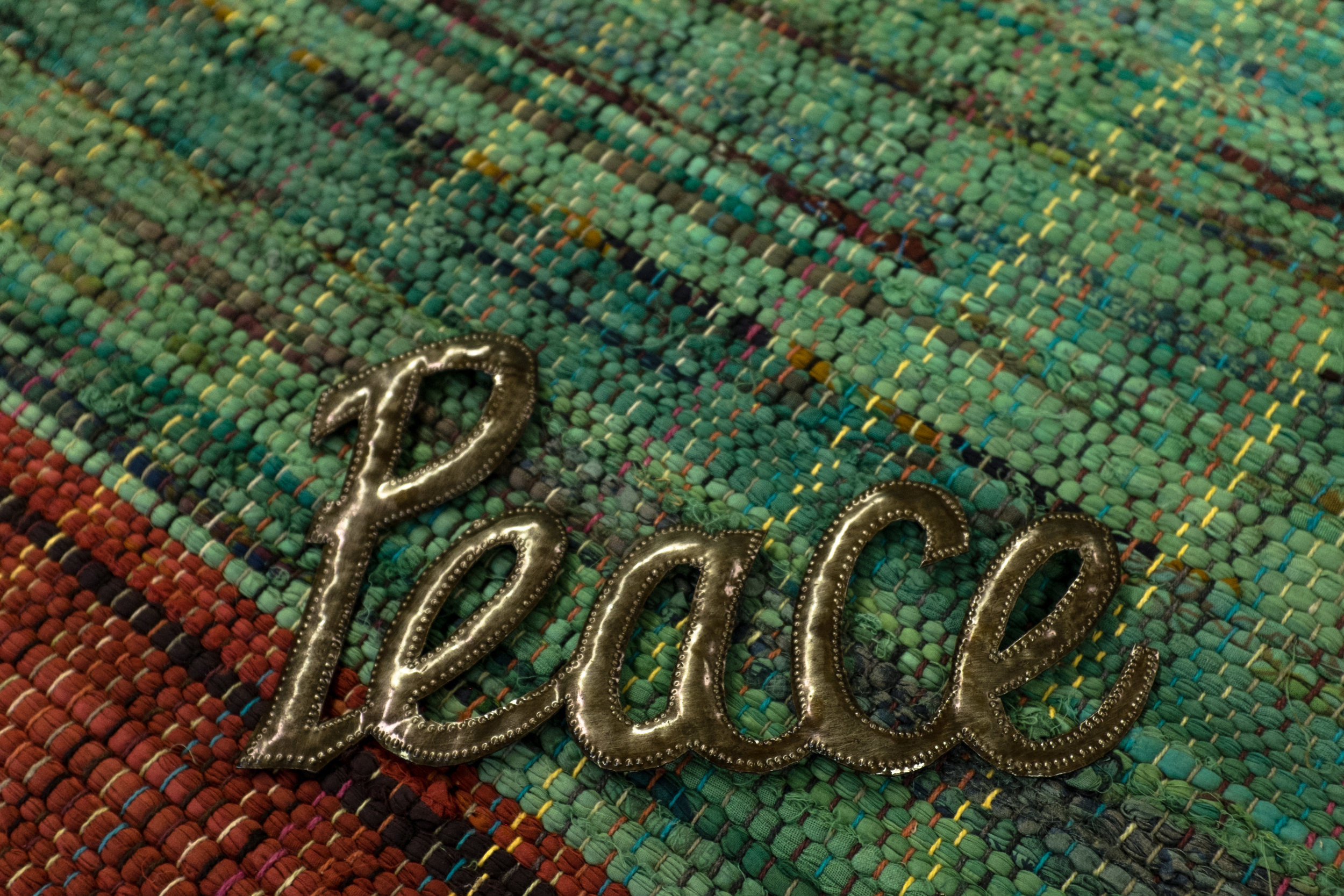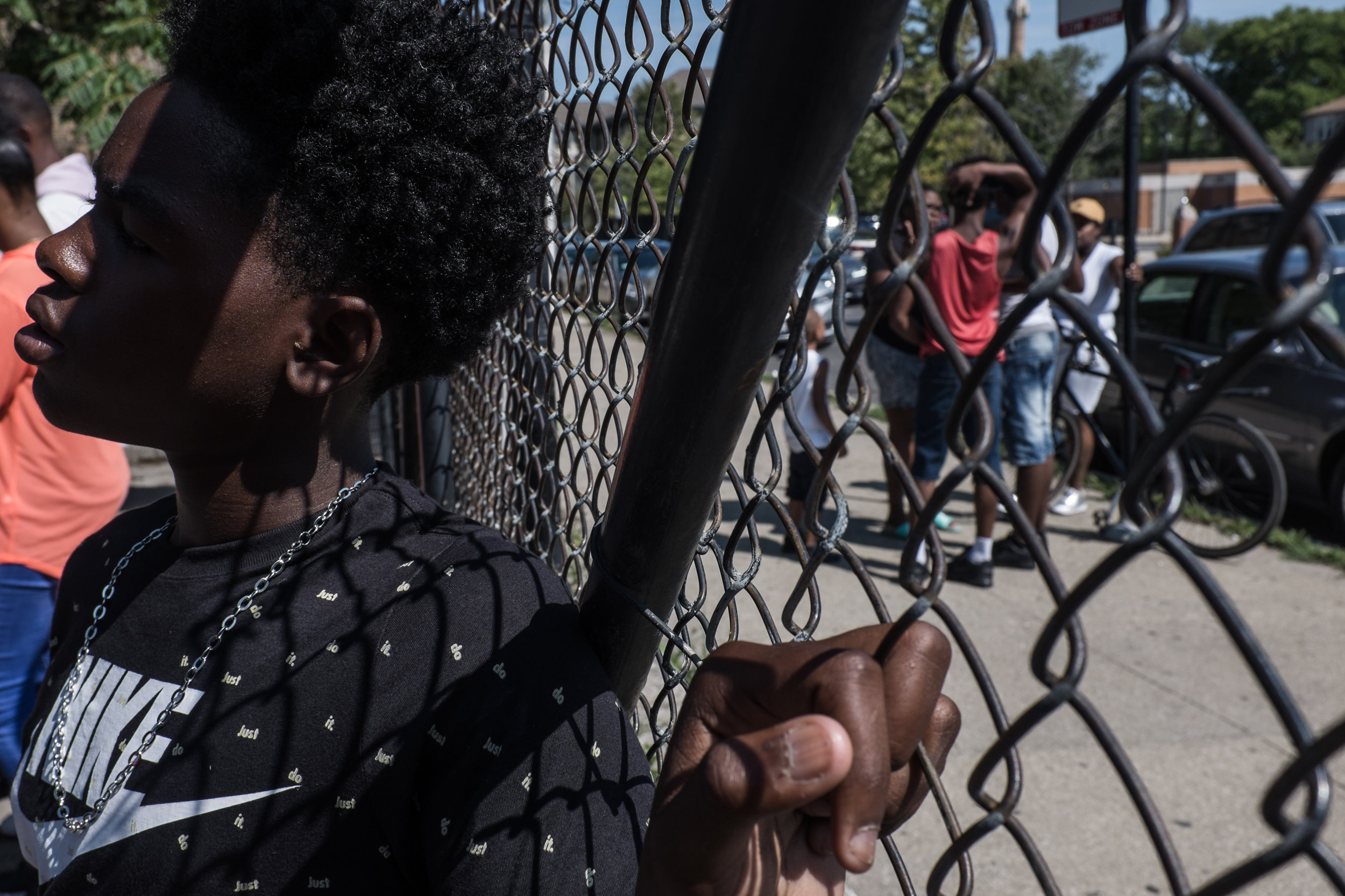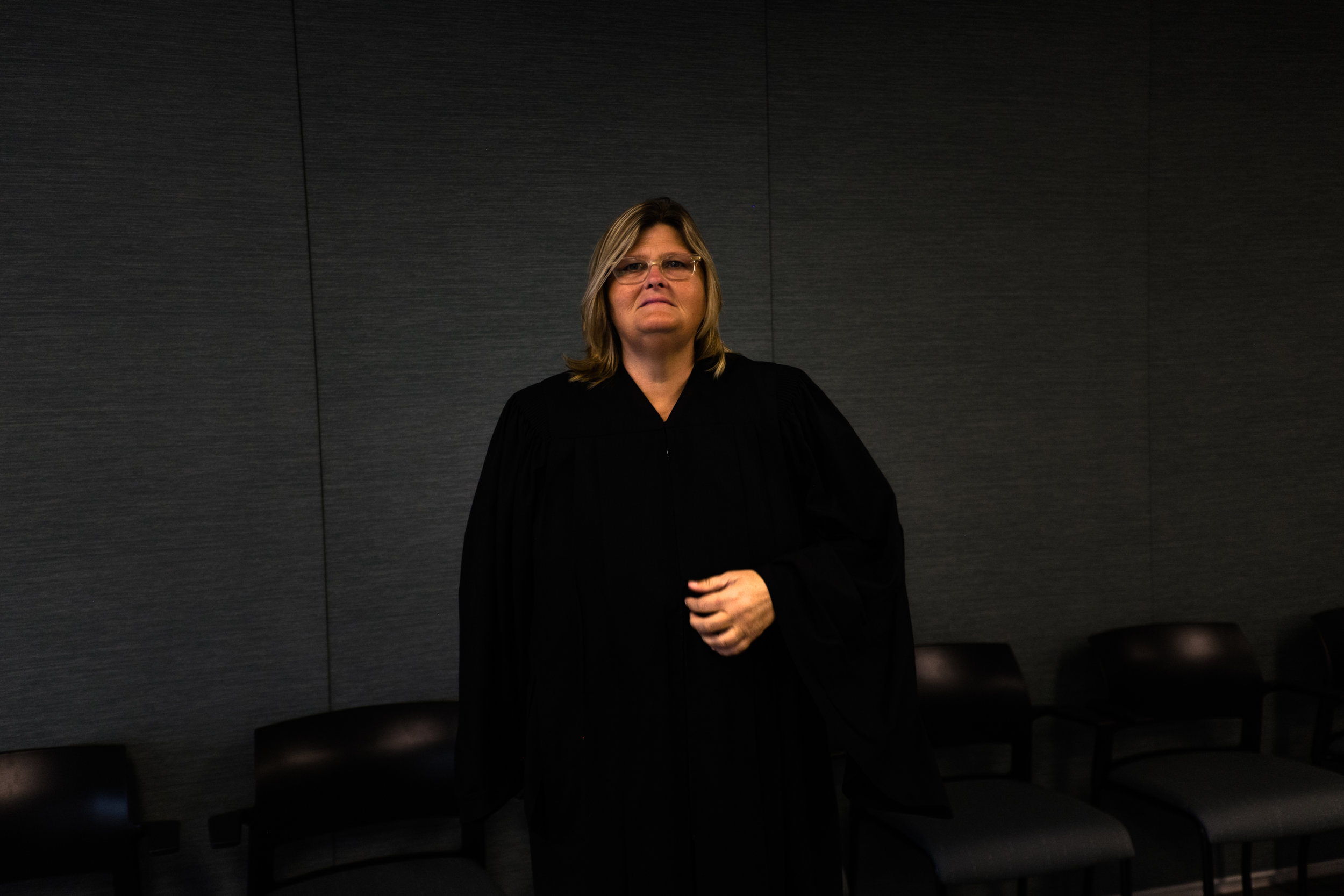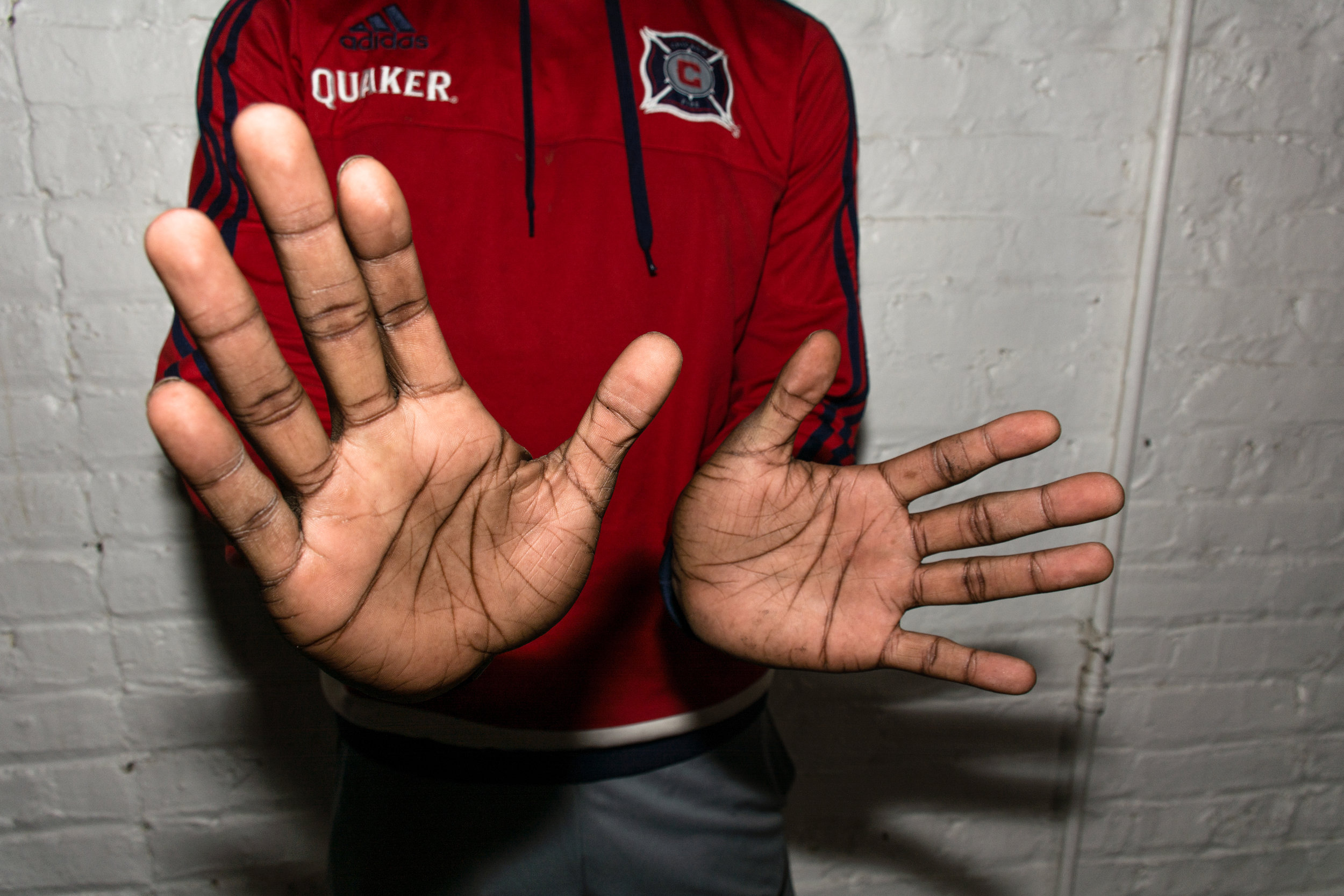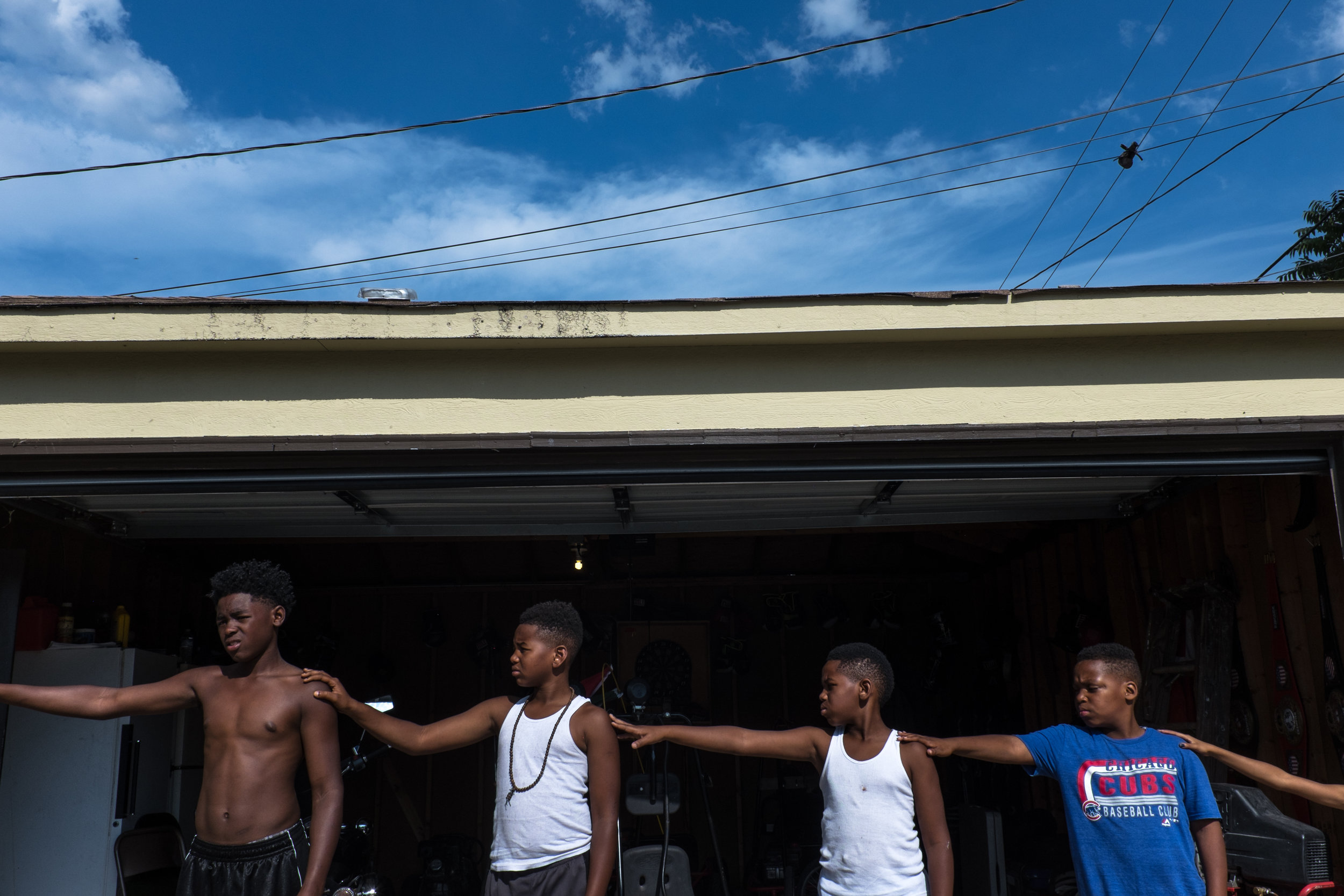By Jenny Simeone-Casas and Sarah Conway
Restorative justice, a mediation technique that uses peace circles to help people resolve disputes, is practiced in Chicago schools and has become increasingly popular in youth organizations. This fall, it’s taken its first step into the criminal justice system with the opening of the Restorative Justice Community Court in North Lawndale.
Many local organizations now embrace restorative justice principles, and most practitioners point at the work of two people in particular: Cheryl Graves and Ora Schub, who are described often as “the grandmothers of Chicago’s restorative justice movement.” Both women were criminal defense attorneys and clinical law professors at Northwestern University. In 2006 they left law to start the Community Justice for Youth Institute, an organization that runs restorative justice workshops and peace circle keeper trainings.
Ora Schub and Cheryl Graves (Photo: Sebastián Hidalgo)
They recently sat down with City Bureau to discuss the growth of the movement and influential moments in their careers. Over shrimps and grits, unlimited biscuits and coffee, Graves and Schub tack between jokes and stories of peace circles past. They poke fun at each other and share the easy manner of two people who’ve known each other personally and professionally for a long time. Graves pulls out a talking piece—this one is a small silver disk, but they can be any object of personal importance—which is passed around the circle to signify who has the floor.
Here are some of the highlights:
On the purpose of holding a peace circle
Schub: If it works, the circle creates a safe space where you can be vulnerable. Cause we can disagree with each other on opinions but we can’t disagree on your story.
Graves: The thing is [peace circles] don’t need to be about conflict and issues. It’s about community building and celebrating, healing or grieving; it’s about relating to each other.
On keeping a peace circle:
Graves: Restorative justice, particularly circle work, keeps you humble because it’s not about me being the leader. Everybody’s experiences and stories, that’s the wisdom that makes the circle rich. It evens out the playing field. You don’t make decisions by vote, you make decisions by consensus, which is hard and messy, right? But nobody’s voice is discarded. Every voice matters.
Cheryl Graves carries this image in her purse everywhere she goes. The art was created by a young man she sat in circle with named Ty. “I think he did this piece about his mother,” Graves explained. “Because she dreams big dreams for him. It’s just like when you’re sitting in circle with people you don’t know. What’s the point if you don’t believe in big dreams, that things can change and be better?” (Photo: Jenny Simeone-Casas)
Schub: Sitting in the circle, keeping the circle, one of the hardest things I could learn was giving up control so that other people could also become keepers in the circle and that’s the only way that a circle works. It doesn’t work if I try to make it work.
In a way, I owe so much of what my life is to this. For most of my life, I’ve criticized and complained about the way things are or were. This is one of the few things that poses some solutions, not just the criticisms.
On how Graves brought Schub into the practice “kicking and screaming”:
Schub: Cheryl was the one that introduced me to this, and I was like, “Bull shit. I’m here to represent my clients. Some things are right, and some things are wrong, what’s the point of discussing it?”
I was at a community panel and there was this little kid, about 10 years old, being charged with battery of a police officer. He was protecting his sister from her boyfriend who was beating her up. The cops were called and they came in and picked up the kid, and he kicked the cop in the balls. They charged him with battery. I was furious. At the panel, one of the people said to him, “You went to protect your sister and that’s really good and important. But you’re an African American young man and there are things you’ll learn about dealing with police.” I thought about how that would have never been acknowledged in court, and about the compassion and wisdom of the community. Eventually I thought, “there’s something about [restorative justice] that makes a lot of sense.”
On the importance of community buy-in:
Graves: I’ll never forget, I was in Austin at a community meeting talking about creating new programs to keep young men out of the system and bring them back to community. One man came up to me and said, “You work for Northwestern, one of those big, white institutions that does research on black people and we die.” I said, “Right now, it isn’t about doing research on black people and them dying, we are dying in the system.”
Now, he is getting an attitude and I’m getting an attitude. I remember thinking, “I’m a sister from the South Side, can’t you just go on the strength of the idea?” It was an awful experience but really important because he was saying, “We don’t know you and you aren’t asking us if we like the idea—you are telling us it is a good idea and that we should get involved.” He said I needed to talk to people and get to know the community. He was so right; it didn’t matter what I thought. They are the community and they are the people impacted.
(Photo: Sebastián Hidalgo)
I called [a mentor] crying and she said, “Cheryl, you are thinking juvenile justice but people don’t live in silos. Yes, my son is in the system but I have one that is sick and needs medical care, I have one that is not doing well in school, and I’m not sure how I am going to meet the rent this month. What you are talking about is important but it’s not the whole thing. People want you to recognize that they are dealing with the whole thing because they are whole people, and that you care about them, not just pushing your idea.”
She said, you show up, you come to meetings without any agenda. Just be there. That’s what I did, I just met people as people. That’s exactly what peace circles are: talking about relationships, not the issue at hand. You eventually get to the issue.
On the challenges of using restorative justice in the court system:
Schub: The court system isn’t about healing or relationships. There are three questions always asked in the criminal law system: Is there a crime that was committed? Who committed it? What can we do to punish the person? In restorative justice we instead ask: Was there a harm? Who caused the harm? Who was harmed? How can we hold the person accountable? What can we do to make the community safer again?
When you look at a harm done, you need first to look at the four parts of a person: mental, physical, emotional and spiritual. In our court systems, you just bring the mental and physical. In restorative justice you bring your whole self.
Courts take responsibility away from community, and that’s part of the problem. We see a problem, and instead of taking care of it ourselves, we turn it over to the so-called professionals. The best thing is to keep young people from getting arrested, and entering the system at all.
On measuring the success of restorative practices:
Graves: Say a young person hadn’t been going to school at all, and now is going two days a week. Does that matter? Or not at all because they’re not going all five?
Schub: It depends how we frame those [evaluation] questions. What it comes down to is, what do we want to accomplish? That should determine the questions we ask, and coming up with those questions should include everyone in circle.
On the title “grandmothers of restorative justice”:
Graves: That’s only because we’re old. Seriously.
This report was produced in partnership with the Chicago Defender.
